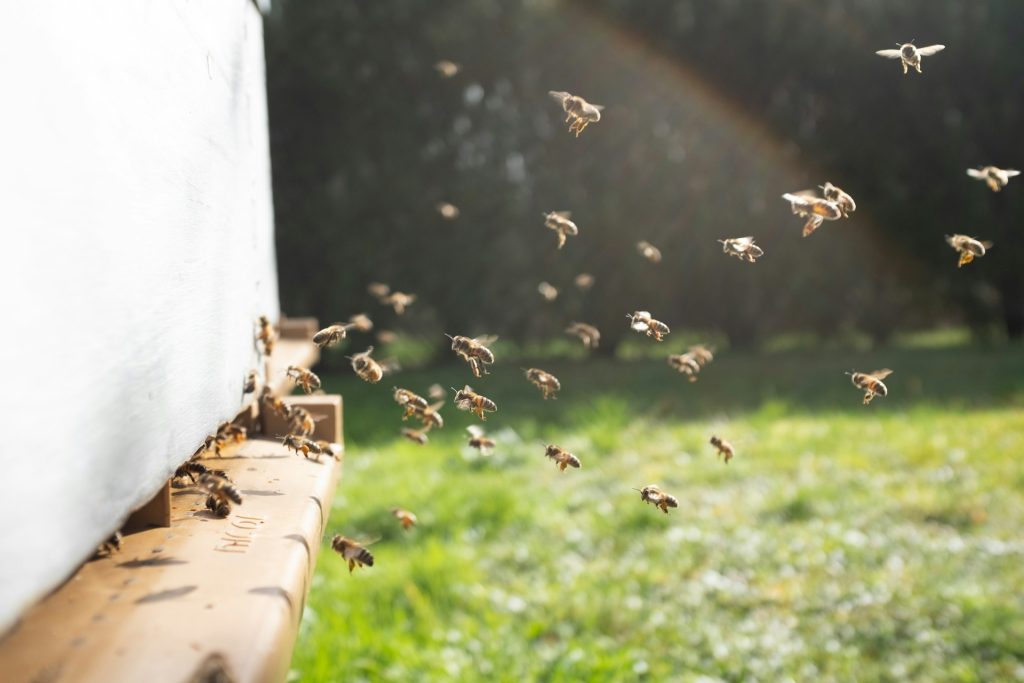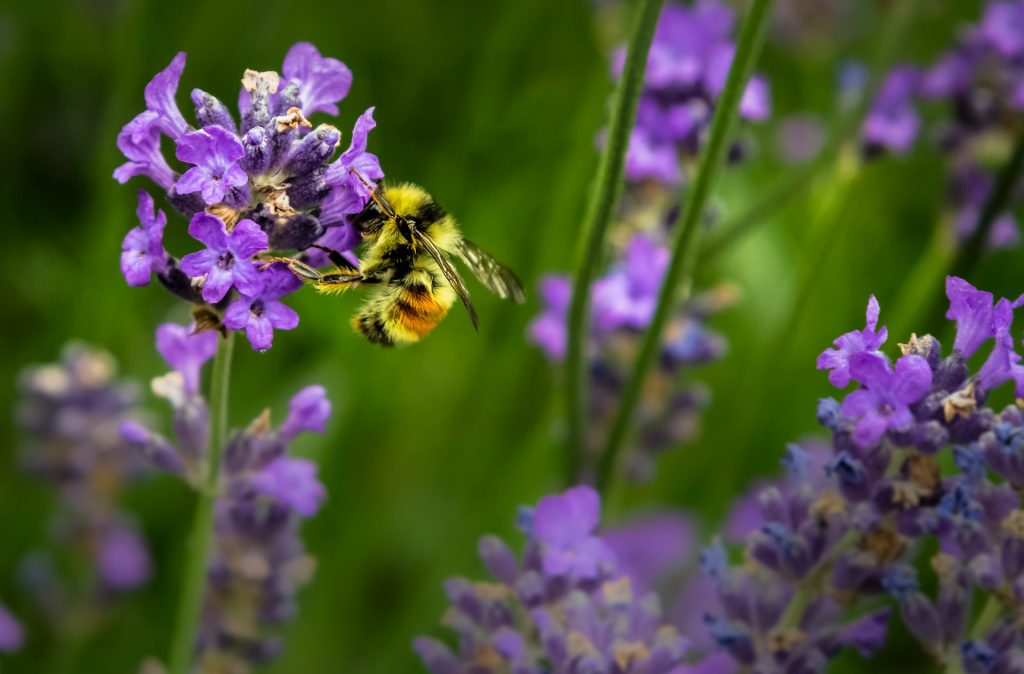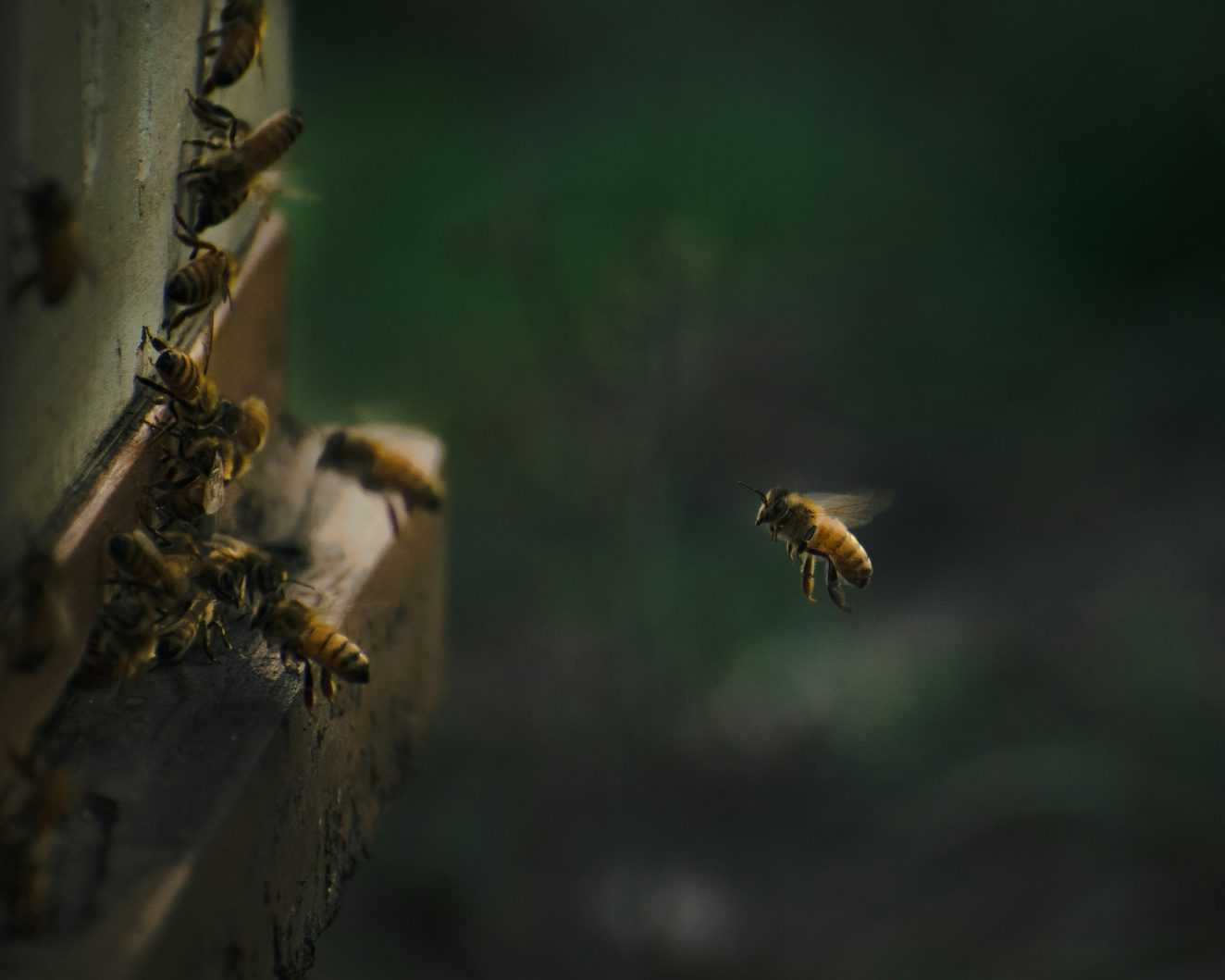Have you ever thought about how a bee could die so mysteriously after it landed on human skin? Come with us as we explore the complicated world of bees and try to figure out why their sting is so deadly. This article will go into great detail about these amazing insects, from the tiny parts that make up their stingers to the dramatic sacrifices they make to protect their hive.

The Sting Saga
When looked at through a microscope, the bee’s stinger has a complicated shape that looks like a spear, with rows of blades that are serrated. But it is the bee’s fate that is sealed when it comes into contact with human skin. The insect’s natural defense mechanism goes horribly wrong when the hooked stinger gets stuck and it kills it in its attempt to get free.
The Fatal Sting
Bees are timid but they are very good at using their stingers, saving them for times when they have to. But it’s the special shape of their stingers—made to go through the exoskeletons of other insects—that kills them when they come into contact with mammals’ tough skin. When the bee tries desperately to get away, it ends up sacrificing its own life, dying from the damage it does to its delicate body.
The Sting of Ignorance
Experts disagree on whether bees are aware of their fatal sting, but one thing is for sure: bees are cautious and avoid conflict unless they are pushed. Whether the bee knows what it’s doing or just does it because it feels like it, the result is the same: it makes a brave sacrifice to protect the hive.

Tips for Survival: Getting Rid of the Stinger
After being stung by a bee, you need to move quickly to stop the venom from going into your skin too deeply. Getting rid of the stinger quickly is important to avoid more damage, whether you use flicking, scraping, or pinching. Studies have shown that even a second delay in pulling out the stinger can be bad for the victim’s health.
Response of the Swarm
When a swarm member senses that another bee is in trouble, the hive reacts by releasing a powerful mix of warning pheromones to warn other bees that danger is coming. The swarm stands ready to defend its territory against any danger, its jaws open and its stingers ready. Each member of the hive does their part to protect the community, which shows how strong and united they are as a whole.
The Sacrifice of Nature: Autotomy in Bees
There are many animals in the animal world that use autotomy to stay alive. Bees are one of the most impressive examples of this. Bees give up a part of their bodies, in this case a piece of their belly, to protect the survival of the hive as a whole. It’s a powerful reminder of how nature will always fight to stay alive, even if it means making sacrifices.
Bee Season Insights
When the weather gets warmer and the seasons change, bees come out of their nests to find nectar and pollen. This is the first sign that bee season has begun. Bees are very common outside in the early afternoon, when they are most active. People who are afraid of bee stings should be careful around them. Even though people are scared, they also understand how important bees are for pollination and the health of ecosystems.

The Bittersweet Truth
As we say goodbye to our buzzing friends, we think about the touching truth of what a honeybee gives up. Bees are the perfect example of kindness and strength in the natural world. They follow their instincts and are always loyal to their hive. As people who care about the environment, let’s respect their brave sacrifice by learning more about and appreciating these amazing bugs.





